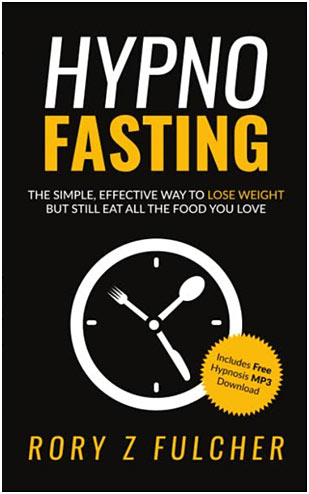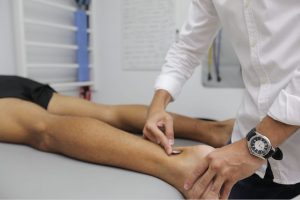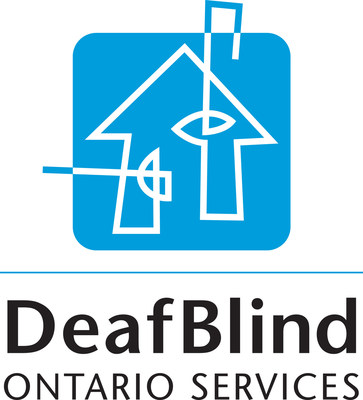Curcumin’s Benefits for Fitness Maximized Thanks To New Drug Delivery Technology
Napa, California – May 14, 2018. Health and fitness enthusiasts who take curcumin nutritional supplements should notice a profound spike in its benefits thanks to a revolutionary drug-delivery advancement made available by Tesseract Medical Research (TMR). Over the last several years, curcumin has been heralded for its positive impact on performance, muscle recovery, post-exercise pain relief, lean muscle formation, and a host of positive inflammatory response effects impacting the musculoskeletal, cardiovascular, and neurocognitive systems.*
A caveat, however, in almost every scientific article and published research on curcumin, calls attention to two significant roadblocks that limit the remarkable benefits of this turmeric-derived compound. Specifically, because of curcumin’s very low absorption and bioavailability rates and a half-life measured in minutes, it would unrealistically need to be consumed in large amounts day and night to fully experience a major difference.
“The benefits of turmeric have been known since ancient times,” states Jeff Kotterman, LMSN, the creator of TriSystem EDGE and the Director of the National Association of Sports Nutrition. “The challenge is to get nutrient-rich curcumin with its active constituents into the body without severe degradation in the process. Most turmeric supplements on the market have very poor absorption, which means very little of the ingested botanical actually gets to the cells that could use it most.”
These two issues have now finally been addressed. TMR’s TetraCumin™ product is unusual in that it features the more valuable bioactive curcumin metabolite Tetrahydrocurcumin, the form that is most readily absorbed in the body.* TetraCumin locks each molecule of curcumin in its own CyLoc™ carrier for rapid delivery and targeted release (via the DexKey™ process) to the intestinal tract where it is most effective.* TMR offers a sustained-release formula of TetraCumin designed to maintain therapeutic levels over a 12-hour period, as well as a quick-acting formula that promotes recovery after a hard workout.* Both are designed for daily use.
“TetraCumin promises a better delivery system because it has overcome the challenges of using turmeric in the past. The advantage is in the dosage. After taking TetraCumin for just under a week, I've already noticed significantly reduced post-workout joint pain,” shares Kotternman. “Regardless of whether you understand the biochemistry behind the delivery system of this product, if you are an exerciser, particularly a chronic exerciser, and you want to keep exercising, then TetraCumin is a tool that will support your healthy habit.”
TetraCumin is available through Tessmed.com and Amazon.
About Tesseract: (TessMed.com):
Tesseract Medical Research (TMR) is a life sciences company headquartered in Napa, California. They are the developer of breakthrough technology that optimizes the bioavailability and absorption of multiple nutrients, particularly those that are ingredients in nutritional supplements and medical foods. Tesseract offers a selection of natural supplements that support digestive, neurocognitive, and inflammatory disorders. This ground-breaking nano-nutrient delivery science is the latest innovation from Al Czap, the founder and former CEO of Thorne Research, and is a leap forward in efficacy and ensuring nutrients will reach their intended target.
* These statements have not been evaluated by the Food and Drug Administration. This product is not intended to diagnose, treat, cure, or prevent any disease.












